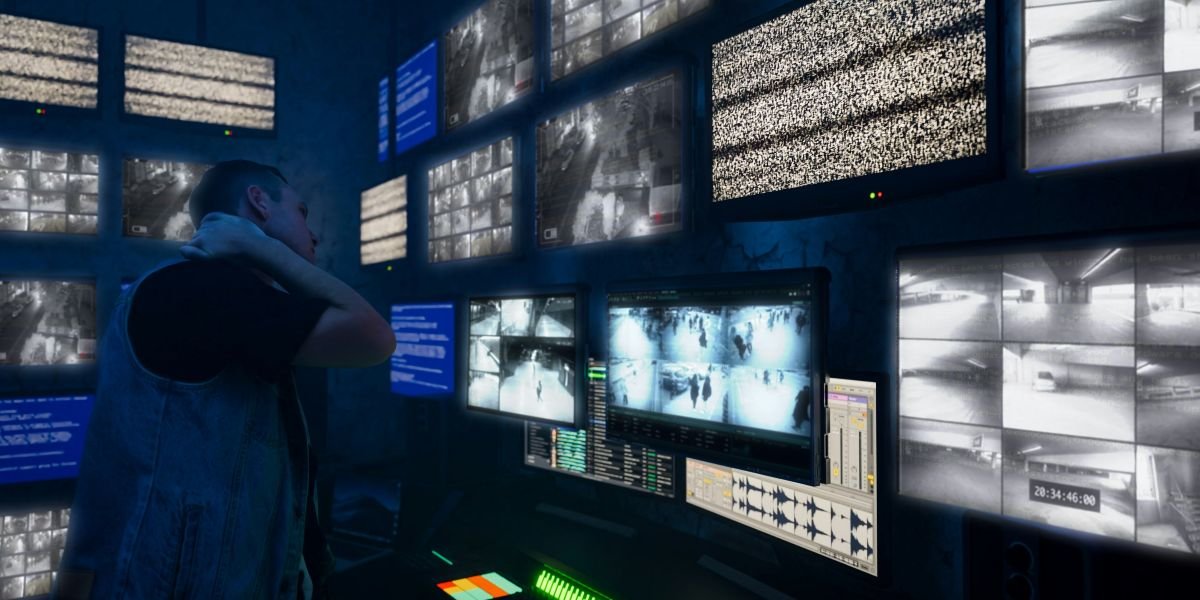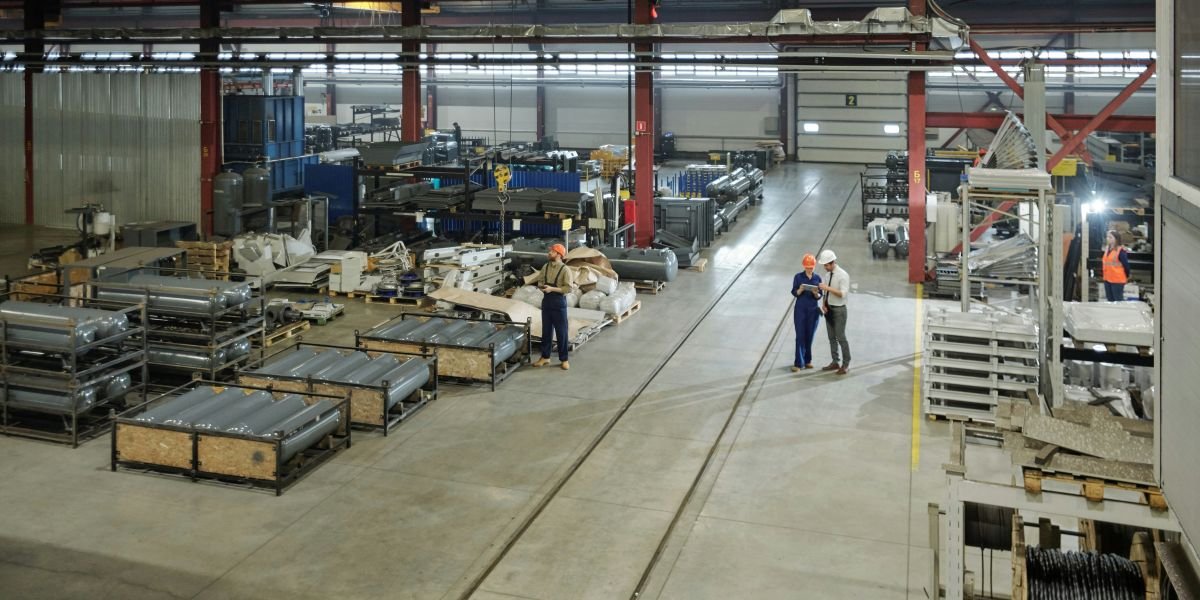Sensors are fundamental to robotic systems, serving as their eyes and ears. They enable robots to perceive and interact with their environment by detecting objects, measuring environmental conditions, and providing feedback. This article explores various sensor technologies commonly used in robotics, highlighting their applications and use cases across different domains.
Visual Sensors
Visual sensors, including cameras and depth sensors, allow robots to perceive visual aspects of their environment. Cameras capture images or videos, providing information about objects, shapes, and colors. Depth sensors, such as LiDAR and time-of-flight cameras, measure distances to objects, enabling 3D mapping and depth perception. Visual sensors are essential for tasks such as object recognition, navigation, and scene understanding.
Robots use cameras and depth sensors to navigate complex environments, recognizing obstacles, landmarks, and pathways. Autonomous vehicles employ these sensors to detect other vehicles, pedestrians, and road signs. In manufacturing, robots equipped with high-resolution cameras inspect products for defects, ensuring quality control. Security robots use cameras to monitor and analyze real-time activity, providing surveillance in hazardous or inaccessible areas.
Auditory Sensors
Auditory sensors, including microphones, enable robots to perceive and interpret sounds. These sensors capture sound waves, allowing robots to detect speech and environmental noises. Speech recognition algorithms process audio input, enabling robots to understand and respond to verbal commands.
Voice-controlled robots enhance user experience in smart homes and customer service applications. Industrial robots use sound detectors to monitor machinery noises, detecting anomalies to prevent equipment failure. Robots aiding individuals with disabilities use auditory sensors to recognize and respond to calls for assistance, improving their independence and safety.
Tactile Sensors
Tactile sensors allow robots to sense physical contact and pressure, enabling interaction with objects and surfaces. These sensors include pressure-sensitive materials and force-sensitive resistors, providing feedback on pressure or deformation.
Surgical robots use tactile sensors for precision, providing surgeons with haptic feedback. Robots in logistics handle fragile items safely using tactile sensors. Advanced prosthetic limbs with tactile sensors give users a sense of touch, improving interaction with their environment.
Inertial Sensors
Inertial sensors, such as accelerometers and gyroscopes, measure acceleration and angular velocity, helping robots perceive changes in orientation and motion. These sensors provide information about posture, velocity, and direction changes.
Inertial sensors help drones maintain stability and navigate complex terrains in agriculture, surveillance, and delivery services. Exoskeletons use inertial sensors to assist individuals with mobility impairments. Inertial sensors aid automated guided vehicles (AGVs) in maintaining precise movements within warehouses.
Environmental Sensors
Environmental sensors measure physical parameters like temperature, humidity, pressure, and gas concentrations. These sensors help robots monitor and adapt to changing environmental conditions.
Agricultural robots use temperature and humidity sensors to maintain optimal conditions for crop growth. Industrial robots equipped with gas sensors detect hazardous substances, ensuring safety. Environmental sensors collect atmospheric data in weather stations, contributing to accurate weather forecasts.
Proximity Sensors
Proximity sensors detect the presence or absence of objects, enabling robots to avoid collisions. These sensors include ultrasonic, infrared, and capacitive sensors.
Autonomous robots use ultrasonic and infrared sensors to detect and avoid obstacles. Capacitive sensors enable touchless interaction, useful in medical and public service applications. Warehouse robots use proximity sensors to locate and manage inventory efficiently.
Fusion of Sensor Technologies
Combining multiple sensor modalities provides a comprehensive perception of the environment. Sensor fusion techniques enhance the accuracy, reliability, and robustness of robotic perception.
By fusing data from visual, auditory, and inertial sensors, autonomous vehicles achieve robust perception and decision-making for safe driving. Disaster response robots use fused sensor data to locate and assist survivors. Domestic robots use fused sensors to perform tasks like cleaning, security monitoring, and elderly care.
Sensor technologies are the backbone of robotic perception, enabling robots to sense and interact with their environment. Advances in sensor technologies and fusion techniques will continue to enhance robotic capabilities, leading to innovative applications across various domains.
About the Author: Sharath Chandra Macha
Sharath Chandra Macha is an experienced inventor specializing in Information Technology, Cloud Applications, and Security Operations. With expertise in IBM QRadar, HackerOne, Virtual Assistant technology, Generative AI, Machine Learning, and identity management systems, Sharath has contributed significantly to improving operational efficiency and cybersecurity. He has been recognized for his innovative efforts with awards from CVS/Aetna and CBRE. Sharath holds a Bachelor’s degree in Electronics and Communication Engineering and a Master’s degree in Computer Science. He is currently pursuing a Doctorate degree, showcasing his dedication to ongoing education and excellence in IT strategy and execution.
Published by: Martin De Juan











